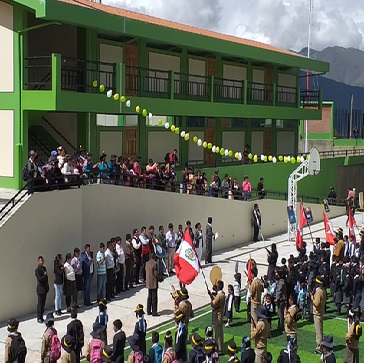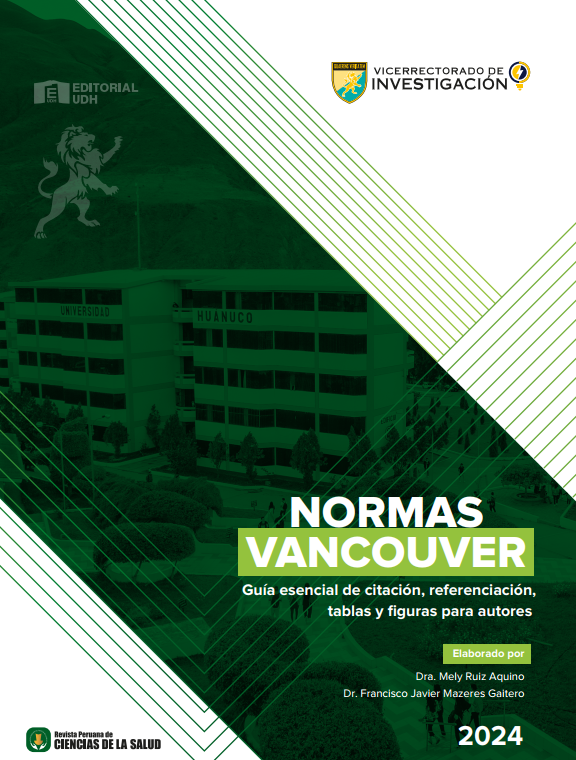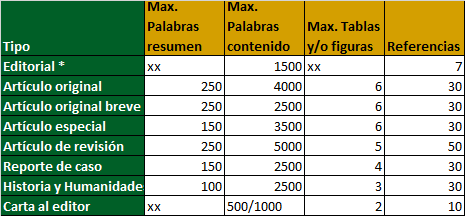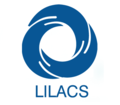Physical abuse and emotional intelligence in children from an educational institution, Huancavelica
DOI:
https://doi.org/10.37711/rpcs.2020.2.4.227Keywords:
emotional intelligence, physical-psychological abuseAbstract
Objective. To determine the relationship between physical abuse and emotional intelligence in children from an educational institution in Huancavelica. Methods. Observational, correlational, cross-sectional research; a sample of 48 children, between 10 and 13 years old, was taken; the psychometric technique, the semi-structured interview and the Likert scale were used. Results. The type of physical abuse is evidenced by the use of ear-pulling, hitting with a belt, hitting with the hand or slapping, kicking, hitting with a chicote, stick or rope, pinching and pushing. The mother appeared as the main aggressor, followed by parents and siblings. The abuse was severe by 24%, moderate by 21% and mild by 13%. Girls were the least abused compared to boys. There were no differences by level of abuse, regarding stress management, from adequate to atypical capacity; with regard to the state of mind, the victims of abuse showed a low to poor capacity, being first the moderate one, followed by the severe one and, finally, the mild one. Conclusion. There is a low or non-significant negative relationship (rs = -0.156, p > 0.05) between physical abuse and emotional intelligence, as an adequate to high emotional intelligence is found, regardless of the level of physical abuse.
Downloads

Published
How to Cite
Issue
Section
License
Copyright (c) 2020 Revista Peruana de Ciencias de la Salud

This work is licensed under a Creative Commons Attribution 4.0 International License.























